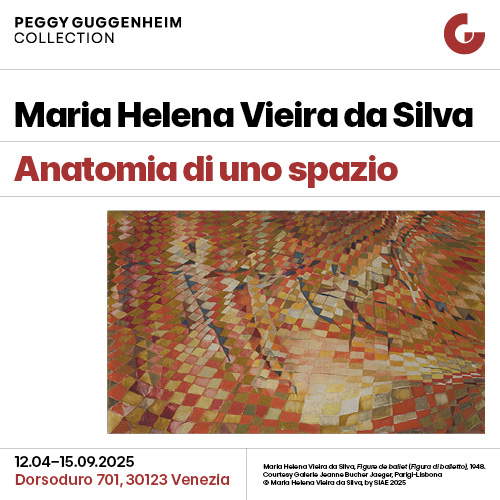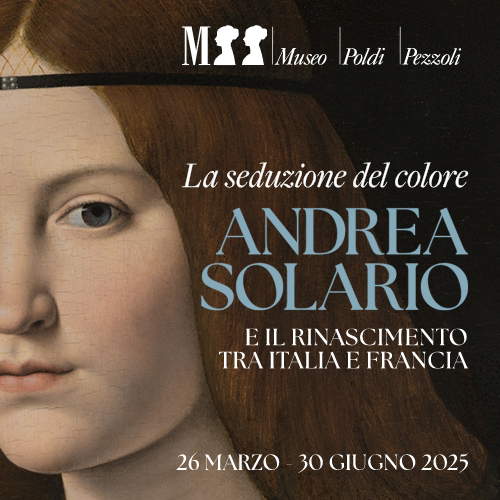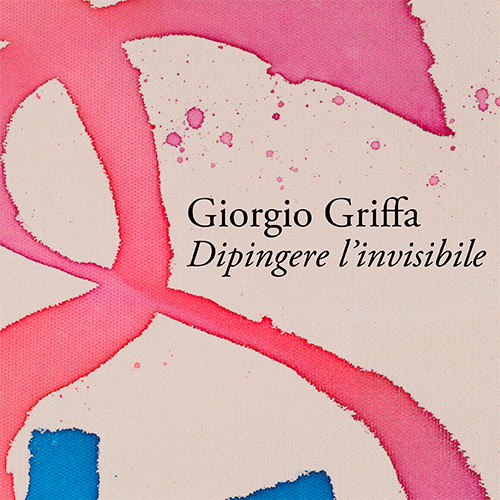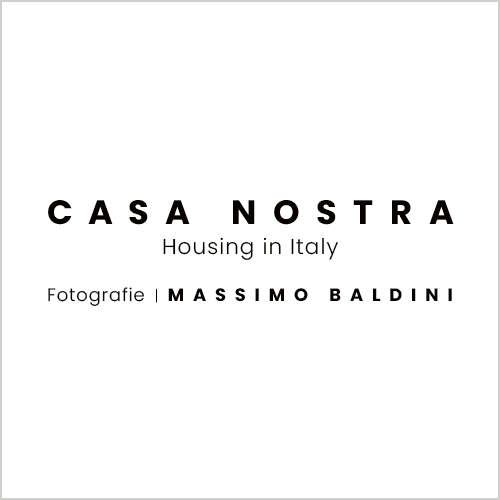The Prada Foundation presents an exhibition all about the preparatory drawings and storyboards used for cinema
Fondazione Prada presents the exhibition A Kind of Language: Storyboards and Other Renderings for Cinema from January 30 to September 8, 2025 in the Osservatorio spaces in Galleria Vittorio Emanuele II in Milan.
Osservatorio is Fondazione Prada’s space dedicated to the experimentation of visual languages and research on possible points of contact and intersections between technology and various cultural expressions. It is a free-thinking platform open to reflection on different artistic and media languages and their impact in an ever-evolving cultural and social context.
The exhibition, curated by Melissa Harris, examines the complex creative process that anticipates the making of a film by exploring storyboards and other materials such as moodboards, drawings and sketches, scrapbooks and notebooks, annotated scripts and photographs. A Kind of Language includes more than 1,000 elements created between 1930 and 2024 by more than 50 creators including directors, cinematographers, artists, graphic designers, animators, choreographers, and others associated with film and video production.
Georges Méliès was among the first directors to make use of detailed preparatory drawings to devise scenes for his fantasy and science fiction films, including the masterpiece Journey to the Moon(Le voyage dans la lune, 1902). However, the origins of the storyboard date back to the early 20th century and are linked to the development of animation. Beginning in the 1930s, Fleischer Studios and Walt Disney Productions, and then in the 1940s United Productions of America, commissioned artists to create sketch sequences and other visual elements during plot development and character definition. A Kind of Language includes drawings of Betty Boop, Popeye, Mr. Magoo, Pinocchio, Snow White and Mickey Mouse in Walt Disney’s avant-garde classic Fantasia (1940), as well as other famous characters from early animated films. In the same years, the storyboard became a fundamental tool in the development of cinematic works, from animation to live-action, a concrete and systematic visual representation of story unfolding. Decades later, the storyboard continues to be the precursor to animation projects, as evidenced by the preparatory drawings by Hayao Miyazaki and Studio Ghibli on display in the exhibition.
As Melissa Harris explains, “For many, creating storyboards is an integral part of the process. Visually setting a scene and then defining its progression can help the team involved in making the film think about the relationships between characters, imagine how to develop the narrative, or figure out the best way to convey the essence of a particular sequence. It can also help correct problems, for example when something does not seem entirely convincing in a character or physical interaction, and offer a visual reference for actors. On the technical side, storyboards can help the director determine the most effective angles for lighting and shots, or the best way to employ fades and any special effects.”
Storyboards serve two purposes: on the one hand, they represent the director’s creative vision as interpreted by the storyboard creator, when it does not correspond to the director himself, and on the other hand, they sometimes accompany the technical realization of the film. Storyboards can be considered as a real language that integrates and elaborates a concept or script. They represent the preliminary visualization of the director’s ideas and vision before filming begins, beyond who the author is. Flexible and constantly evolving tools, they simplify the sharing of a working scheme useful for coordinating the activities of different professionals on and off the set. These materials have a communicative and practical function, are made to be copied, transmitted, consulted and edited, and are rarely conceived as unique works. Their role is crucial at different stages of film production: from pre-production, during which they allow visualization of the director’s ideas, to production, as a guide for the organization of filming, to post-production, a time when they contribute to editing and the inclusion of special effects.
The exhibition design, conceived by Andrea Faraguna of the Berlin-based architecture firm Sub, takes inspiration from the storyboard, the starting point of filmmaking and a tool for composing and communicating the process. Focusing on the role of this tool for filmmaking, the exhibit presents and reinterprets the working environment of storyboard artists by translating it into a spatial experience. Display tables inspired by drawing desks are at the center of the exhibition design. Each table is dedicated to a specific film whose visual narrative is presented in the form of a sequence of scenes that can be observed up close. To enhance spatial rendering, each desk is associated with a corresponding, inverted element suspended from the ceiling. Together they form a funnel-shaped visual effect, creating a continuous 40-cm-wide horizon line that guides visitors through the exhibition. This perspective frames the view of the Galleria Vittorio Emanuele II dome beyond the glass windows of the Observatory by establishing a connection between the interior spaces and Milan’s historic architecture. In plan, the arrangement of tables evokes the sequential structure of a movie film. The spatial organization is intended to generate a fluid and dynamic rhythm that guides visitors through the exhibition as if they were moving through the frames of a film. This progression allows the audience to experience the storyboards not as mere static images, but as integral elements of the cinematic narrative.
One of the primary goals of storyboards and other visual filmmaking tools is to define a sense of place, such as the drawing of the parting waters of the Red Sea in Cecil B. DeMille ’sThe Ten Commandments(The Ten Commandments,1956) or art director Max Douy ’s 1975 studies for the settings of Dune, an adaptation of the science fiction novel that Alejandro Jodorowsky was supposed to shoot but was left unfinished. In other cases, a sequence of drawings suggests a setting, such as Edgar Clement ’s elaborate storyboards for Alejandro González Iñárritu ’s dark comedy Bardo, a false chronicle of some truths(Bardo, falsa crónica de unas cuantas verdades, 2022). Storyboards, photographs, other graphic elements and notes can suggest how the “feeling” of place will be expressed and processed, especially when the setting plays a key role, as in the case of the film The Sky Over Berlin(Der Himmel über Berlin, 1987), Wim Wenders’ lyrical and existential work. Directors such as Martin Bell and Agnès Varda and artist Carrie Mae Weems hanna used photographs both as visual references and as integral components of their respective works-Ward 81 Voices (2023), Salut les Cubains (1964), and Leave! Leave Now! (2022).
In other cases, storyboards are crucial in defining the identity of a film’s characters, such as the unforgettable protagonist of Pier Paolo Pasolini’s Mamma Roma (1962), played by Anna Magnani, Bob Dylan ’s six metamorphoses in I’m Not There (2007) by Todd Haynes, the two female figures who come together in the crucial scene of Ingmar Bergman ’s Persona (1966), and the five Lisbon sisters in Sofia Coppola’s debut featureThe Virgin Suicides (1999).
Delving into these and many other similar examples can help to understand the differences at the methodological level between European and American cinema. While storyboards made in Europe generally embody a more artistic and artisanal approach, overseas industry productions and materials are the result of a vision aimed more at efficiency and productivity.
While almost all storyboards serve to some extent to explain or advance the narrative of a film, some, often accompanied by notes on the footage, indicate the progression of the plot frame by frame, such as the storyboards for Bernardo Bertolucci’s Little Buddha (1993); those of director Tan Chui Mui for Barbarian Invasion(Ye man re ru qin, 2021); the drawings of J. Russell Spencer for Charlie Chaplin’sThe Great Dictator (The Great Dictator, 1940); Pablo Buratti ’s for Pedro Almodóvar ’s Julieta (2016); and Terry Gilliam ’s forFear and Lo athingin Las Vegas (Fear and Loathing in Las Vegas, 1998) andThe Man Who K illedDon Quixote (The Man Who Killed Don Quixote, 2018). This sense of progression is intensified in animatics, animated storyboards that integrate sound and motion and, therefore, also suggest the timing of a scene. Buratti used this technology for the horror television series Thirty Deniers(30 Monedas, 2020-23) directed by Álex de la Iglesia. Jay Clarke and Edward Bursch collaborated with Wes Anderson, developing this tool for The Grand Budapest Hotel (2014).
Storyboards and preparatory drawings sometimes have the quality of artwork, as in the case of Satyajit Ray ’s naturalistic ink drawings for the 1955 classic The Lament on the Trail(Pather Panchali). Director Jia Zhang-Ke investigated the artistic dimension of these materials with the three-channel video installation Telling from the Images, in which he explores the creative evolution of his own film Caught by the Tides (2024) through various stages: from the original images, to editing, to the final version. In the last decades of his production, from Histoire(s) du cinéma (1988-98) to his latest feature film Le livre d’image (2018), Jean-Luc Godard transformed ideas transposed on storyboards or scrapbooks into cinema through an original collagist and essayist approach that gave rise to a “phrasing of moments” and raised questions about image production, art, religion, representation, and law.
Annotated storyboards, drawings and diagrams are also used in music and dance films, such as Stop Making Sense, the Talking Heads concert film directed by Jonathan Demme in 1984, or the collaborative and experimental project Torse (1976) by choreographer Merce Cunningham and video artist Charles Atlas. The exhibition investigates the combination of choreographic movement and filmic process by presenting Matthew Barney’s sequence of drawings, titled Choreographic Suite, which documents a crucial phase in the conception of choreography for the chorus in his masterpiece Cremaster 1 (1996).
The second installment of A Kind of Language: Storyboards and Other Renderings for Cinema will be held at Prada Rong Zhai in Shanghai from November 2025 to January 2026. The exhibition in Milan is accompanied by an illustrated publication in the Quaderni series, published by Fondazione Prada, which includes a text by curator Melissa Harris and a visual essay designed by Sub.
For all information, you can visit the official website of the Fondazione Prada.
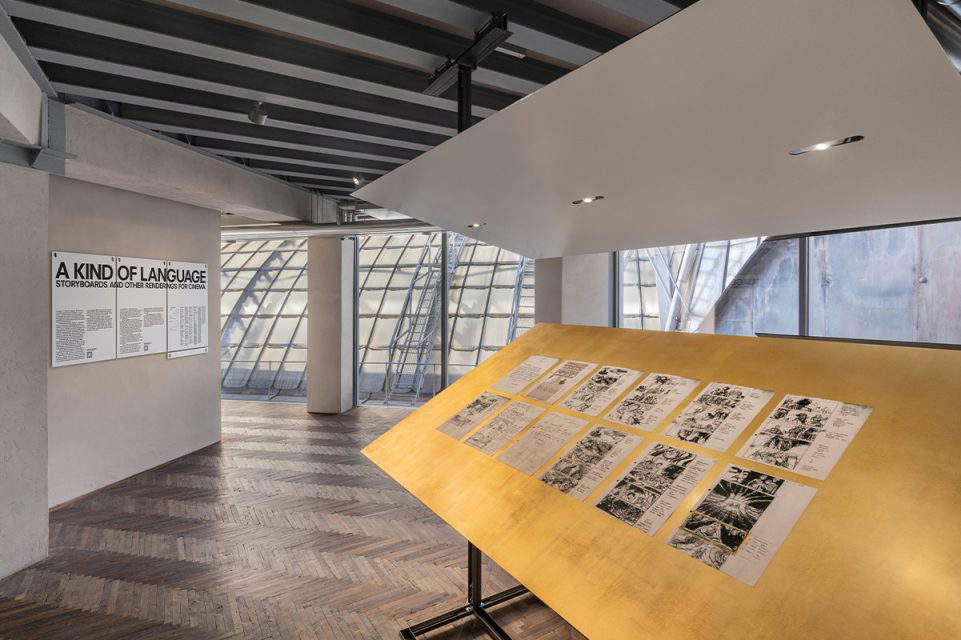 |
| The Prada Foundation presents an exhibition all about the preparatory drawings and storyboards used for cinema |
Warning: the translation into English of the original Italian article was created using automatic tools. We undertake to review all articles, but we do not guarantee the total absence of inaccuracies in the translation due to the program. You can find the original by clicking on the ITA button. If you find any mistake,please contact us.





